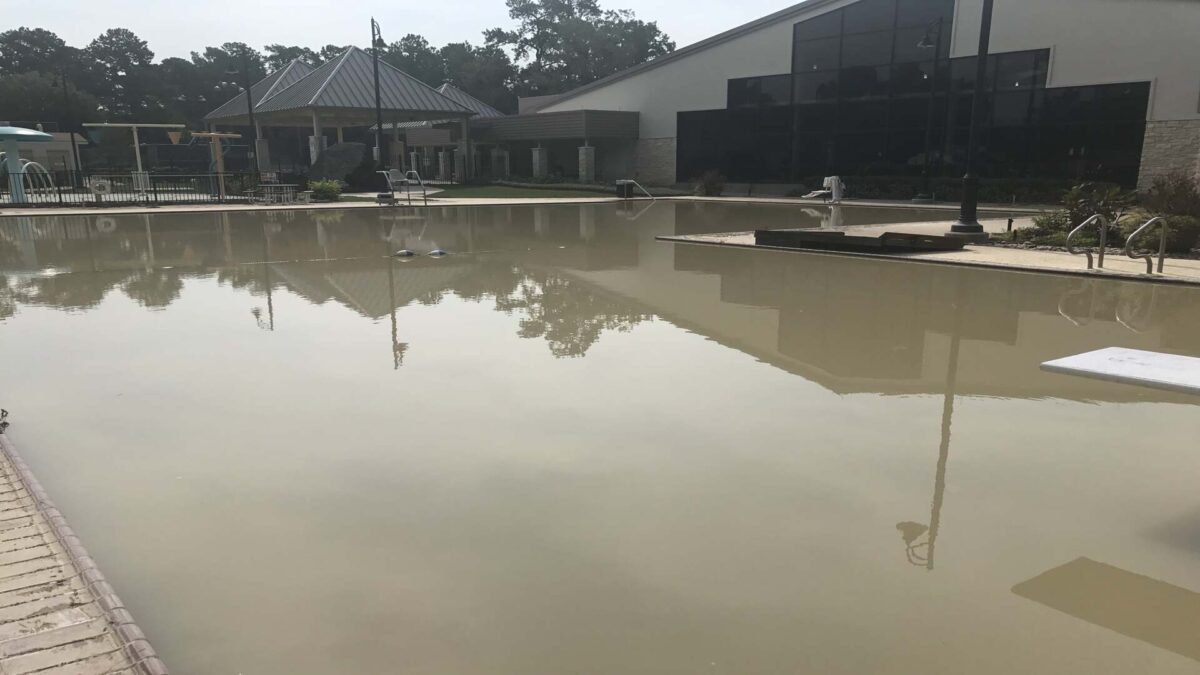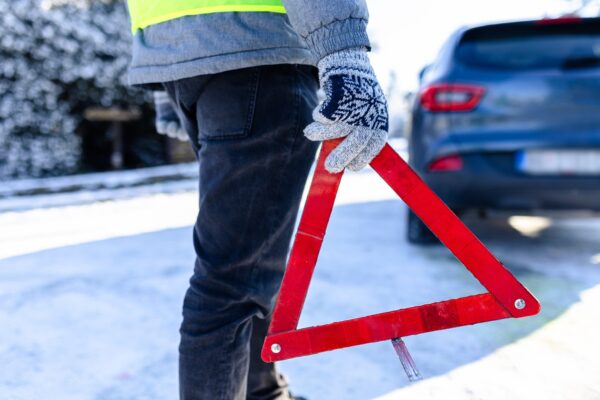
You’ve likely heard the term ‘flash flood’ if you pay any attention to current events. Often these headlines are followed by devastating photos of water causing untold damage to suburban neighborhoods; cars driving into six feet of water, debris drifting away on currents, and worse. But what is a flash flood? And what can you do in the event one occurs near you? Keep reading for our preparation tips!
What Causes It?
A flash flood occurs when too much rain falls, at a pace faster than the ground can absorb the water. Several factors can contribute to such a weather event. Some key considerations are the length of the thunderstorm stalling over an area, and the terrain in said area. In lower, flatter areas, a large quantity of rain over a short time leads to extremely dangerous levels of rising water. These waters can sometimes carry away cars, destroy structures, and cause life-threatening situations.
So what is a flash flood? In short, dangerous, rapid flooding caused by stalling thunderstorms in a concentrated area.
What is a Flash Flood Watch?
When a watch is announced, it means the potential for a flash flood exists. You should monitor the situation closely, making any last-minute preparations. Just because a watch is announced doesn’t mean a weather disaster WILL occur. It simply means all the required conditions are present!
What is a Warning?
A warning differs from a watch in that not only are the conditions present, but there is a high likelihood that a flood will occur. If a warning is issued, you need to take immediate action to protect your life and the lives of those you care about. Get to higher ground if possible. If advised to evacuate, do so immediately. Do not cross already-flooded roadways. As with before, monitor the weather for any sudden changes!
As a side note, driving during a flash flood is extremely dangerous. Take precautions beforehand, especially if you live in an area prone to these nasty weather incidents. Preparations are more effective than responding in the moment.
How can I prepare?
The first thing you can do is be aware of local weather. If you know you live in an area where there is a risk of flash flooding, certain building and landscaping choices can be beneficial. Having drainage channels, as an example, can help direct gathering water away from your house. Barrier walls can be also be constructed around the foundation of the house.
If you haven’t already, prepare an emergency kit for everyone in your family. The kit should contain heat, food, and water, among other things. If you have to shelter in place or flee, having some form of sustenance may be crucial.
Do you own a business? Consider working out a contract with an emergency fuel delivery service. If you own a critical business, having a plan in place to deal with such an event can sure your peace of mind.





